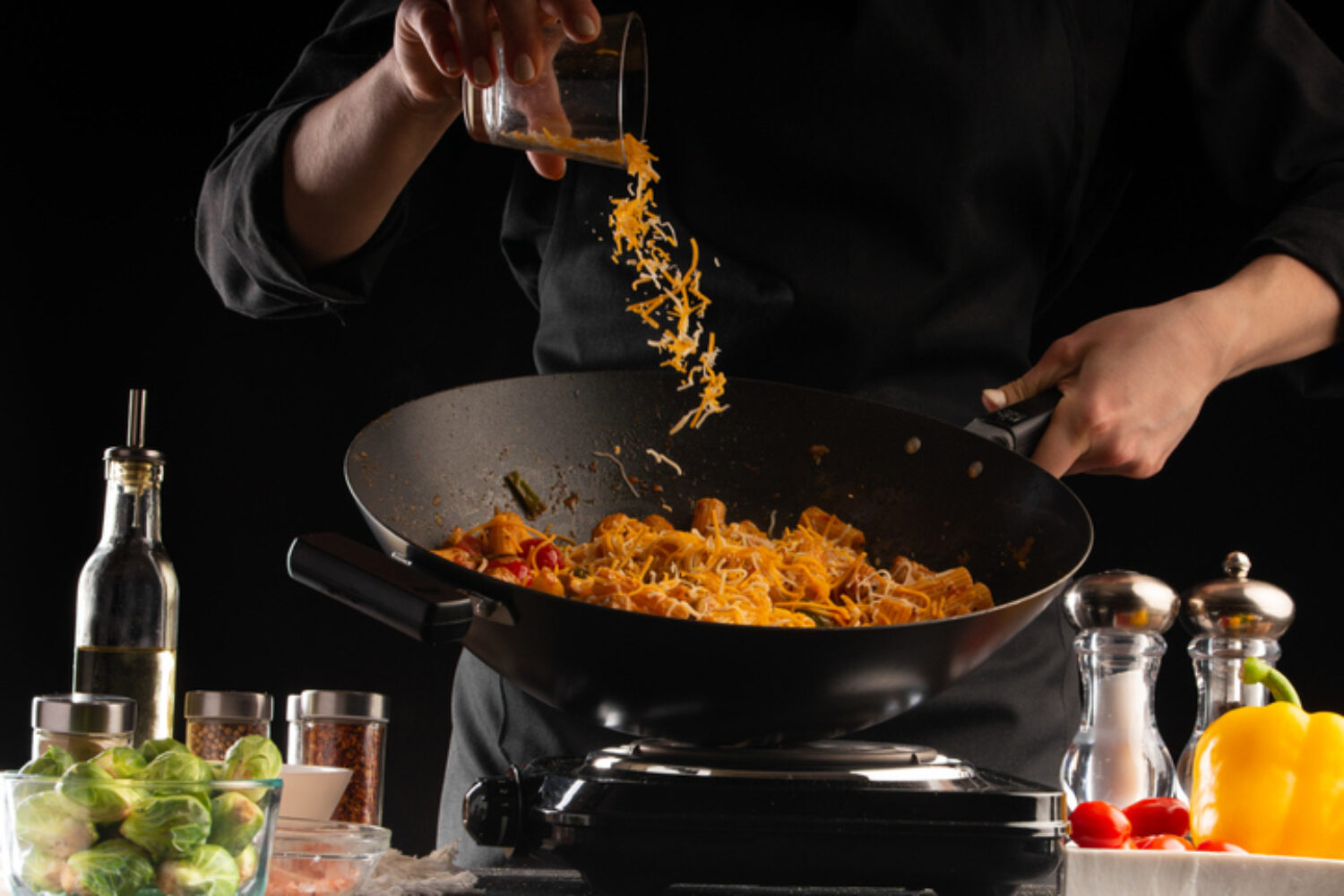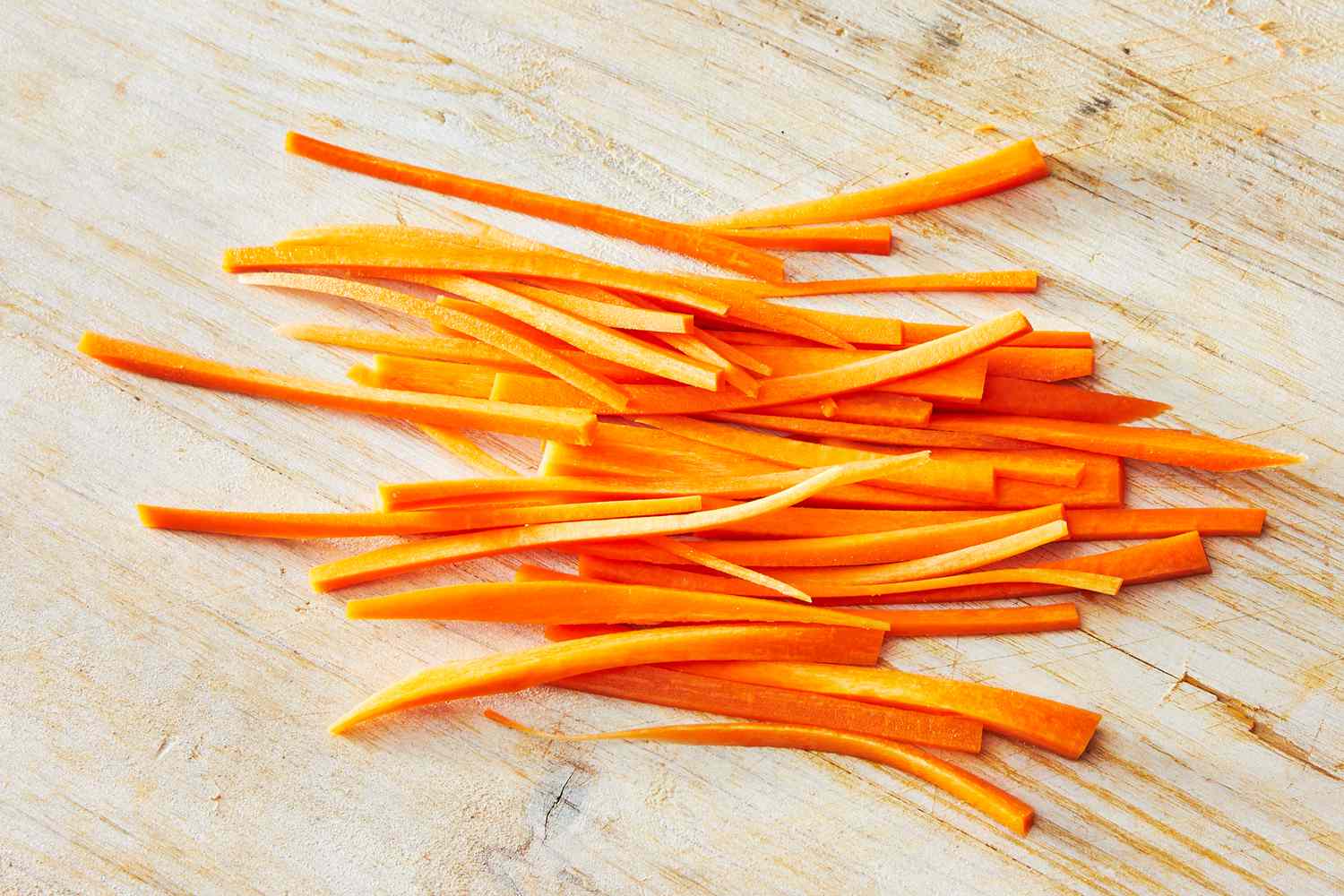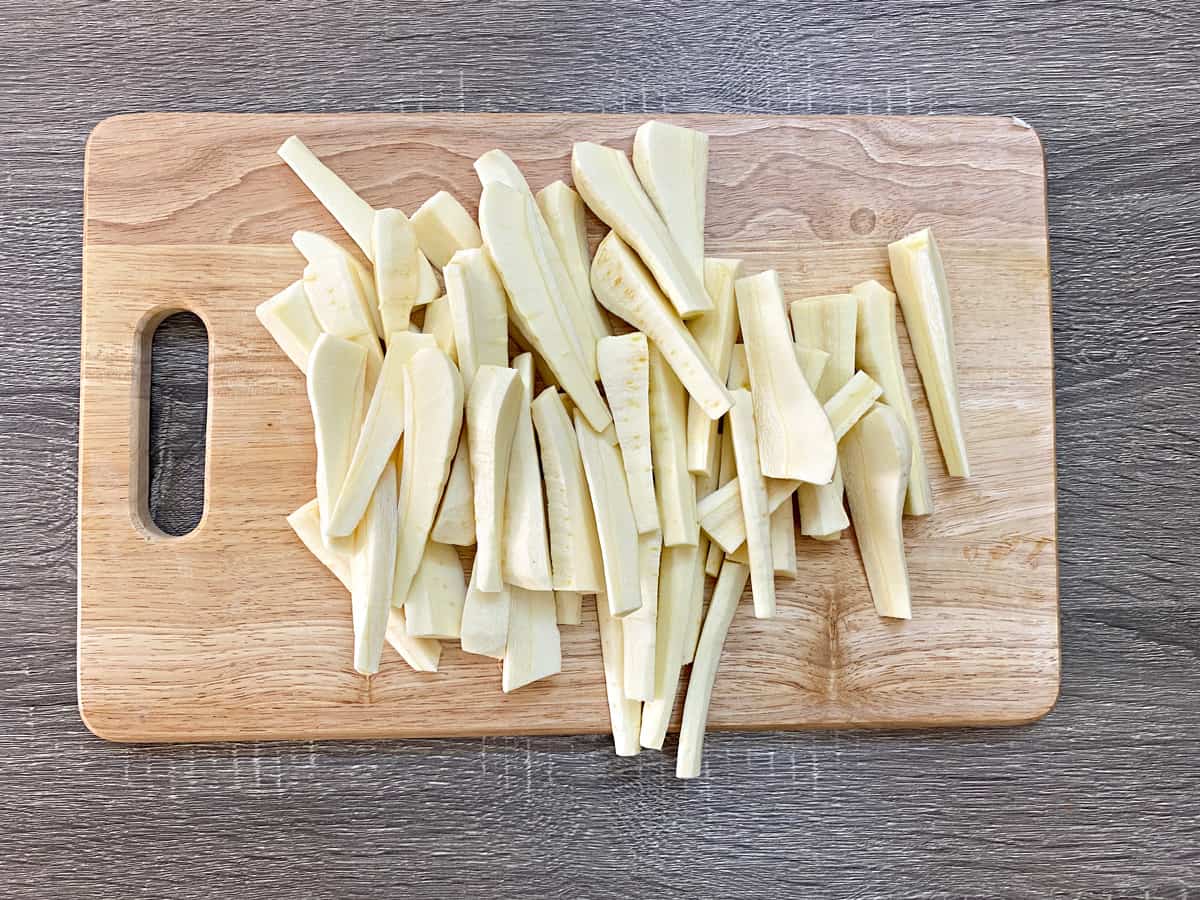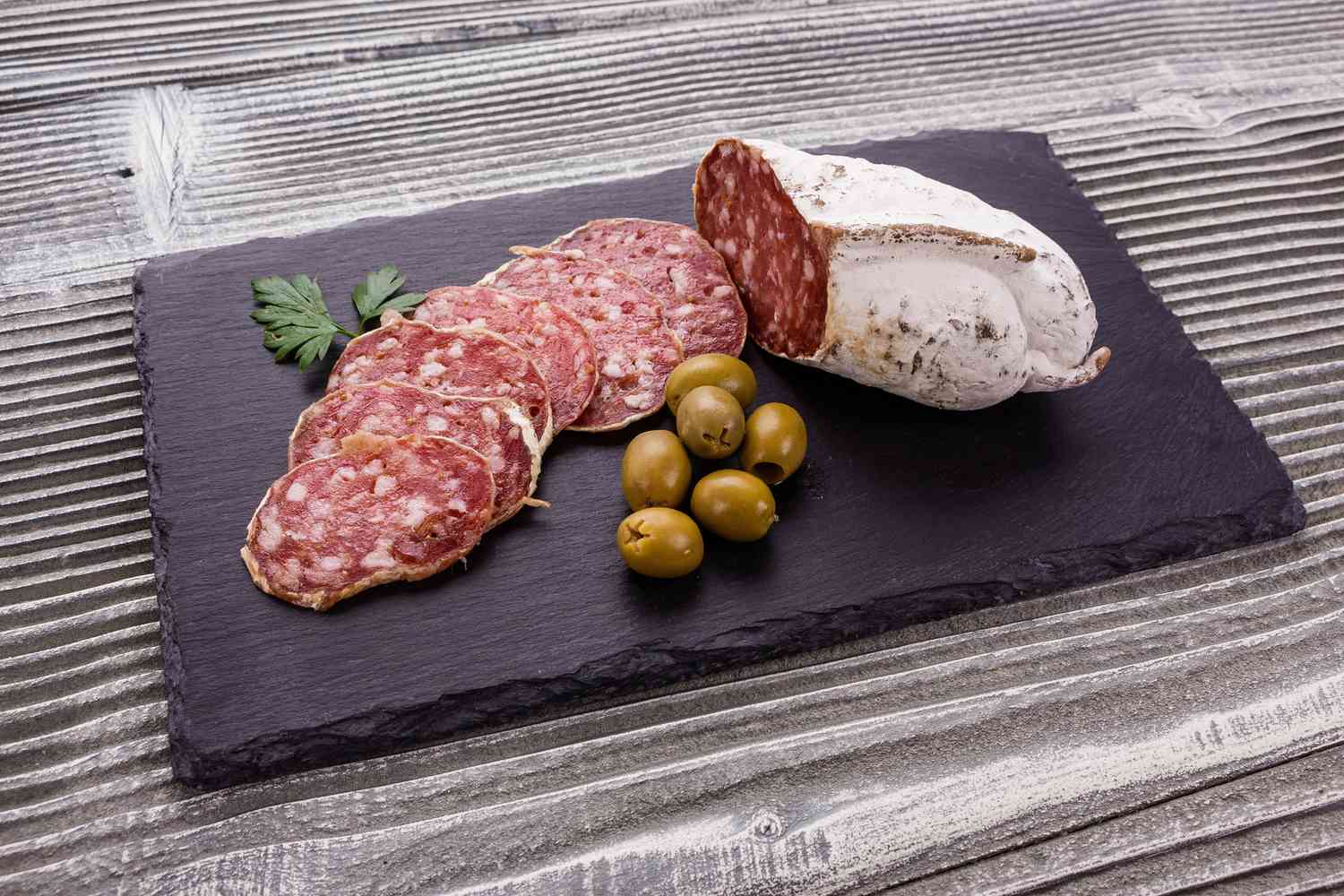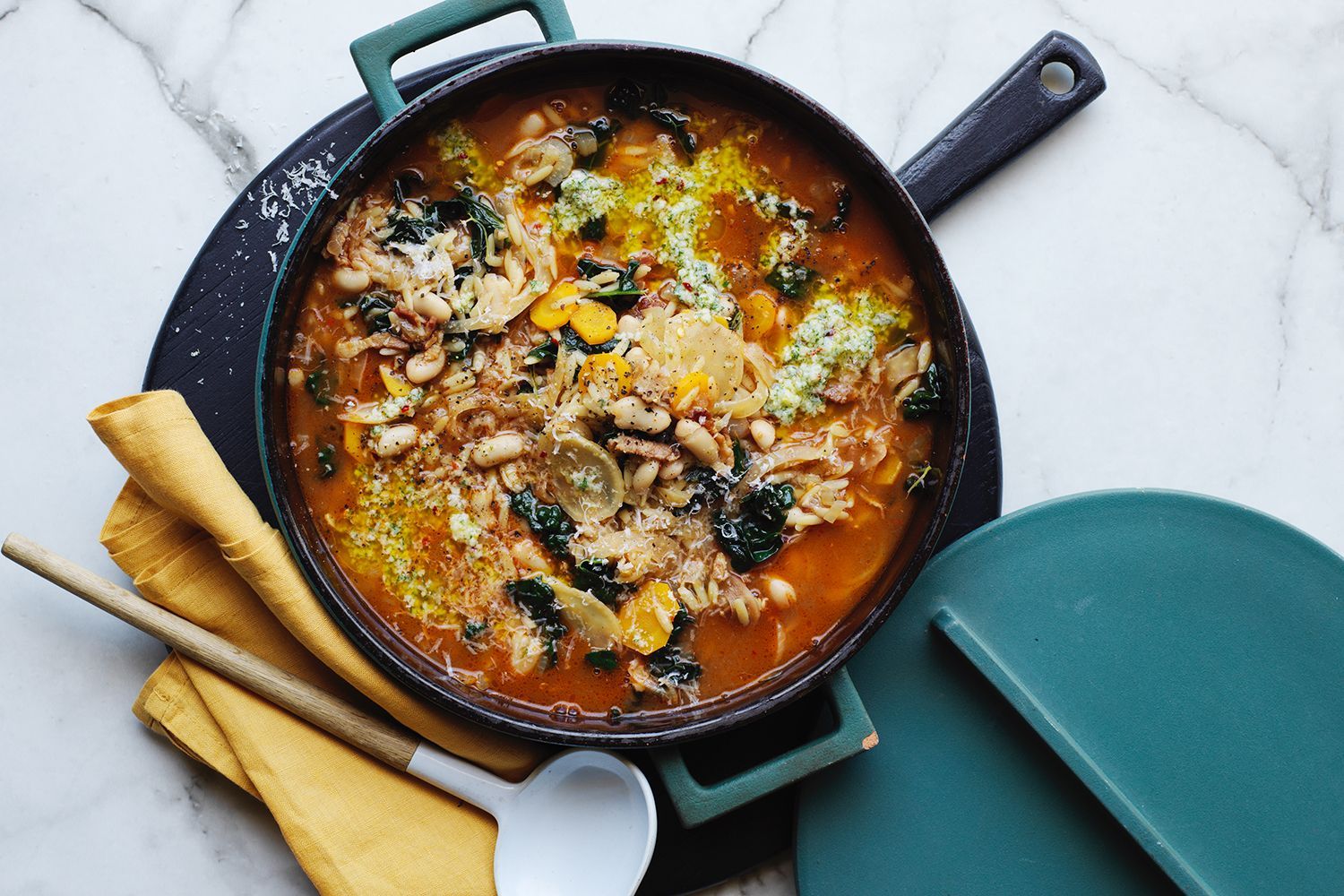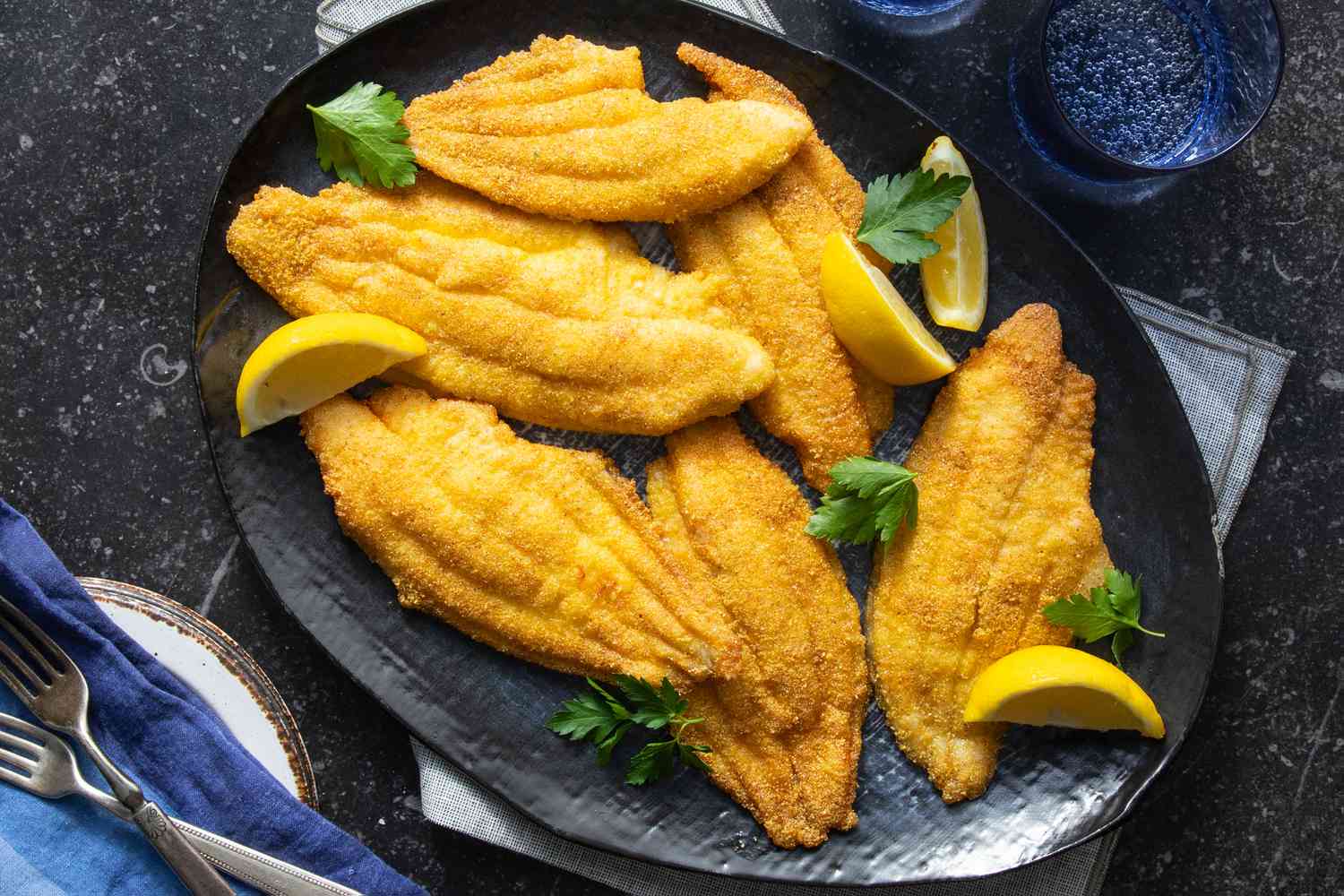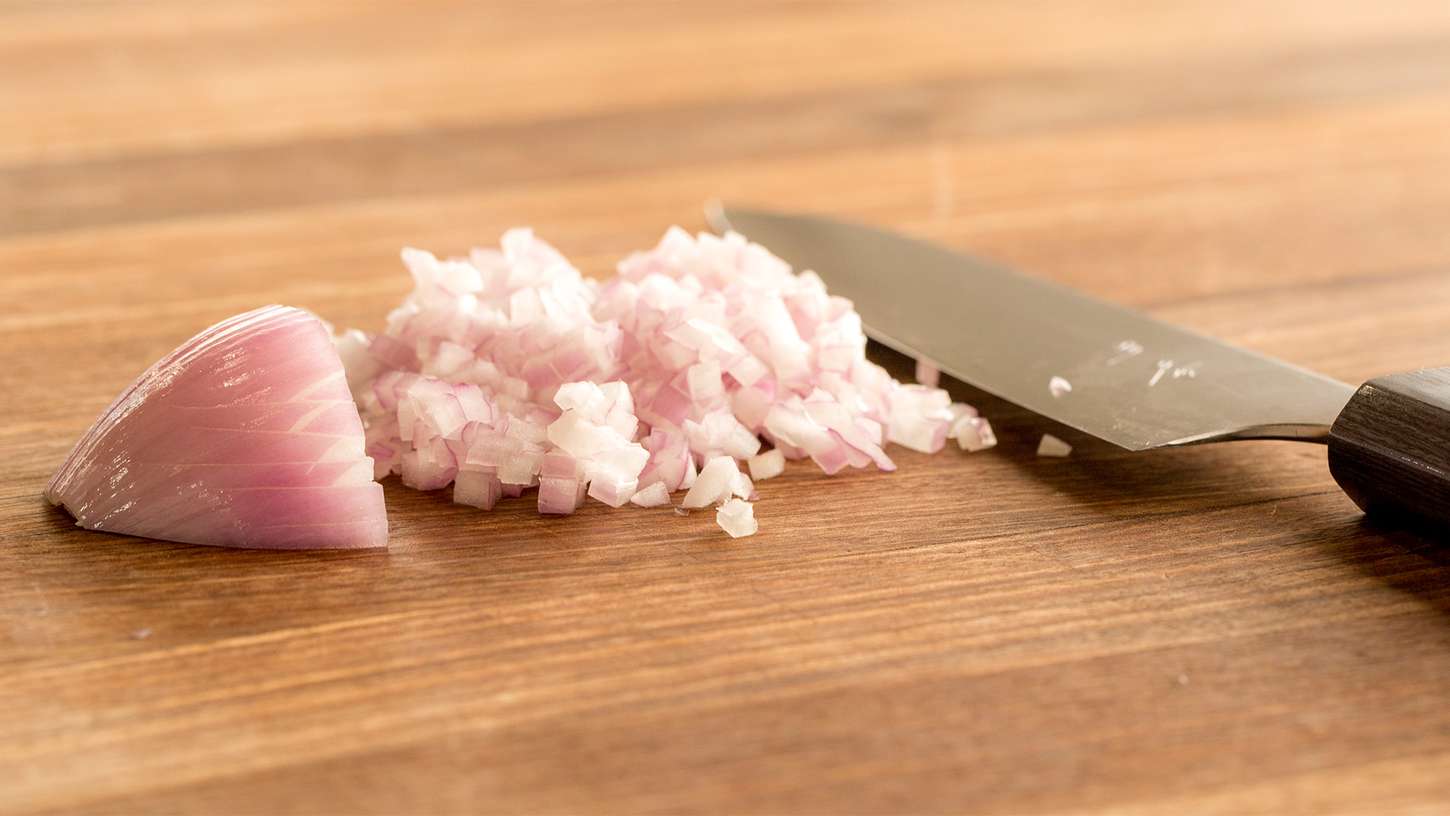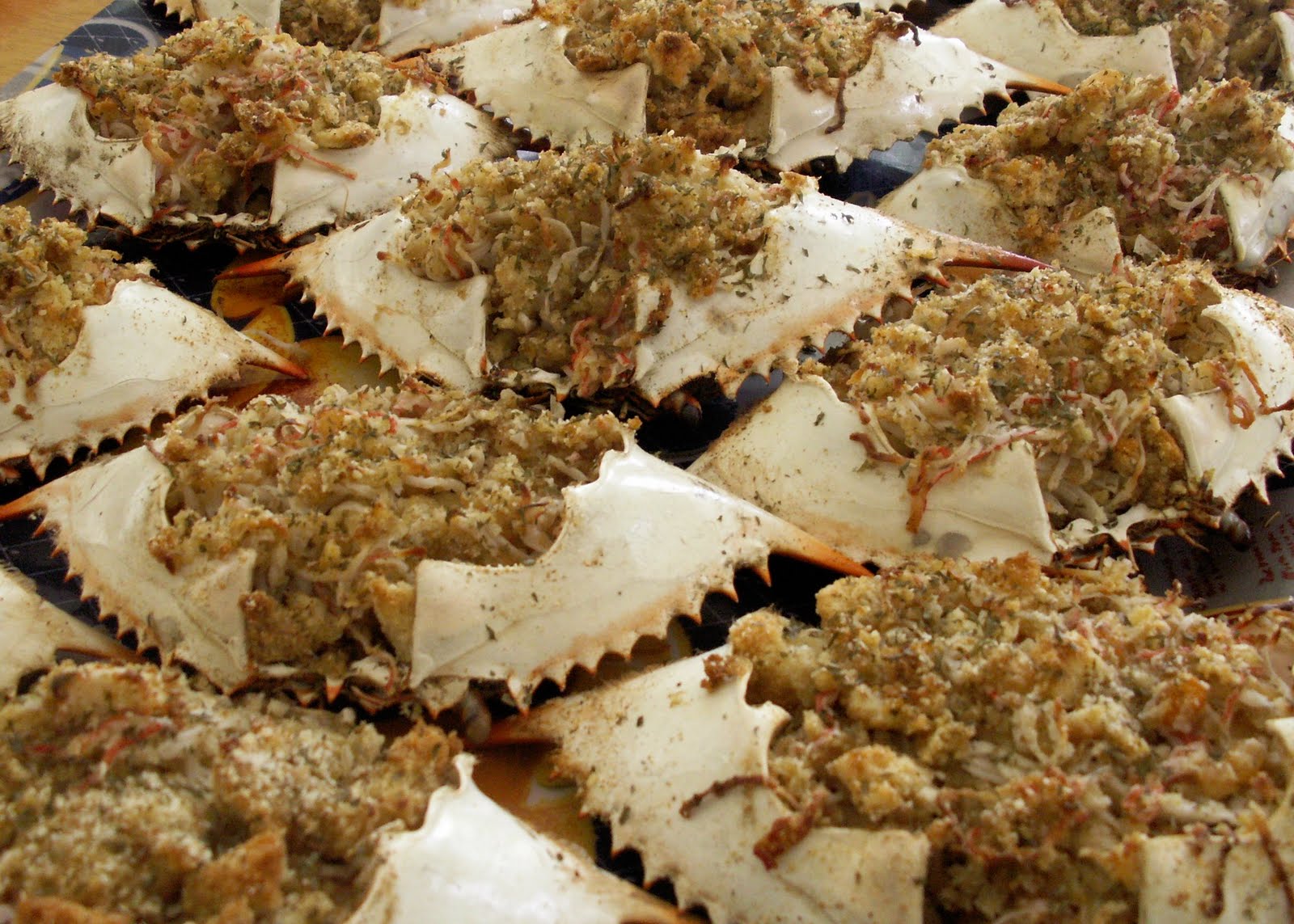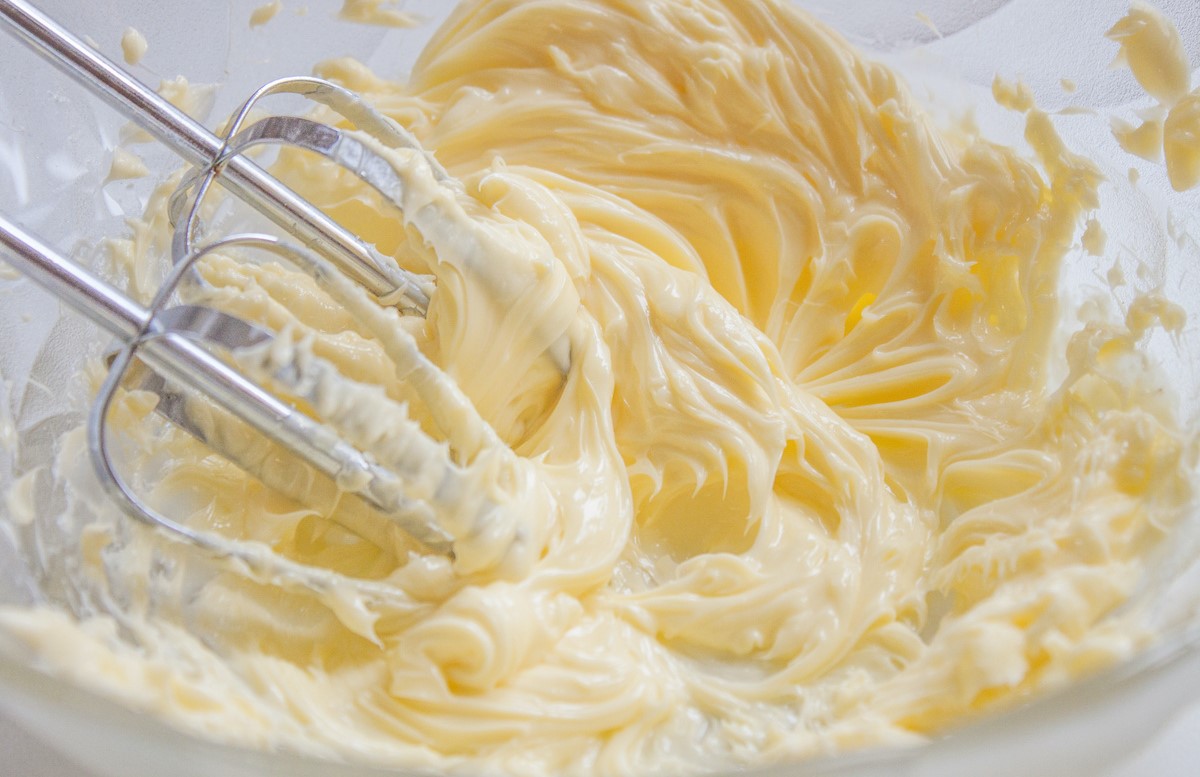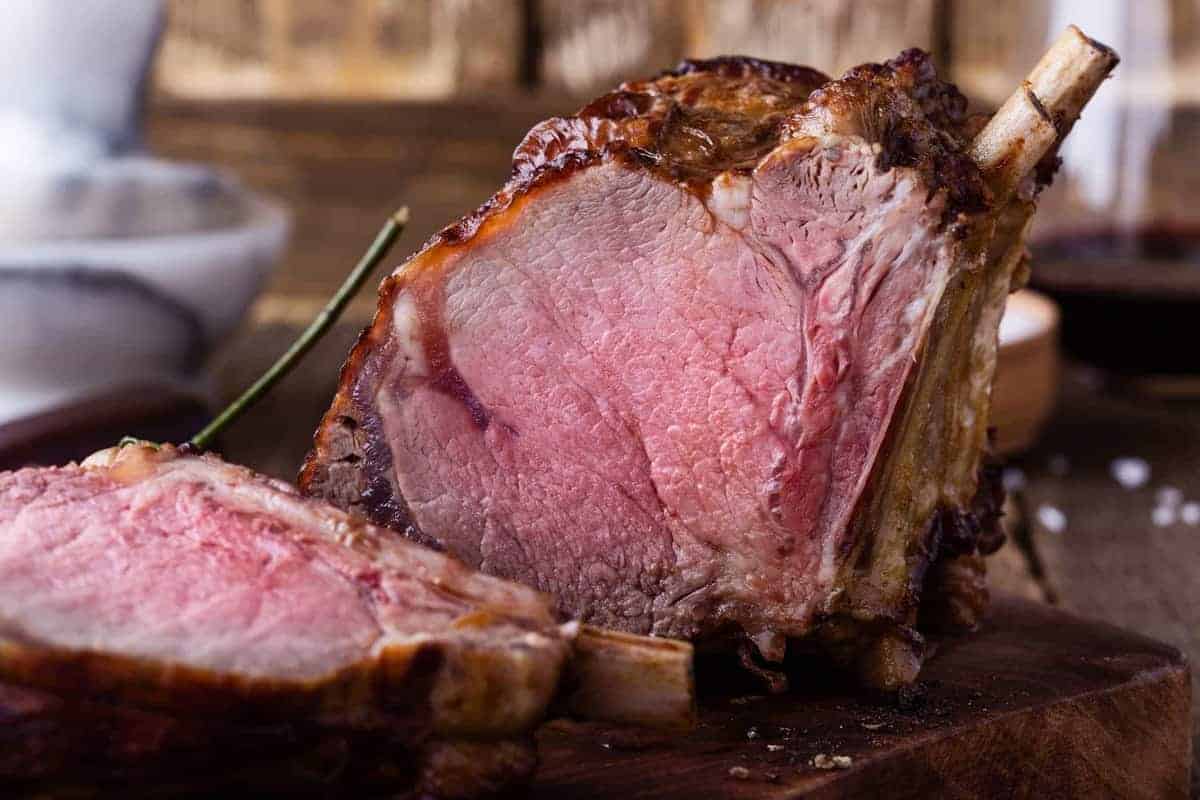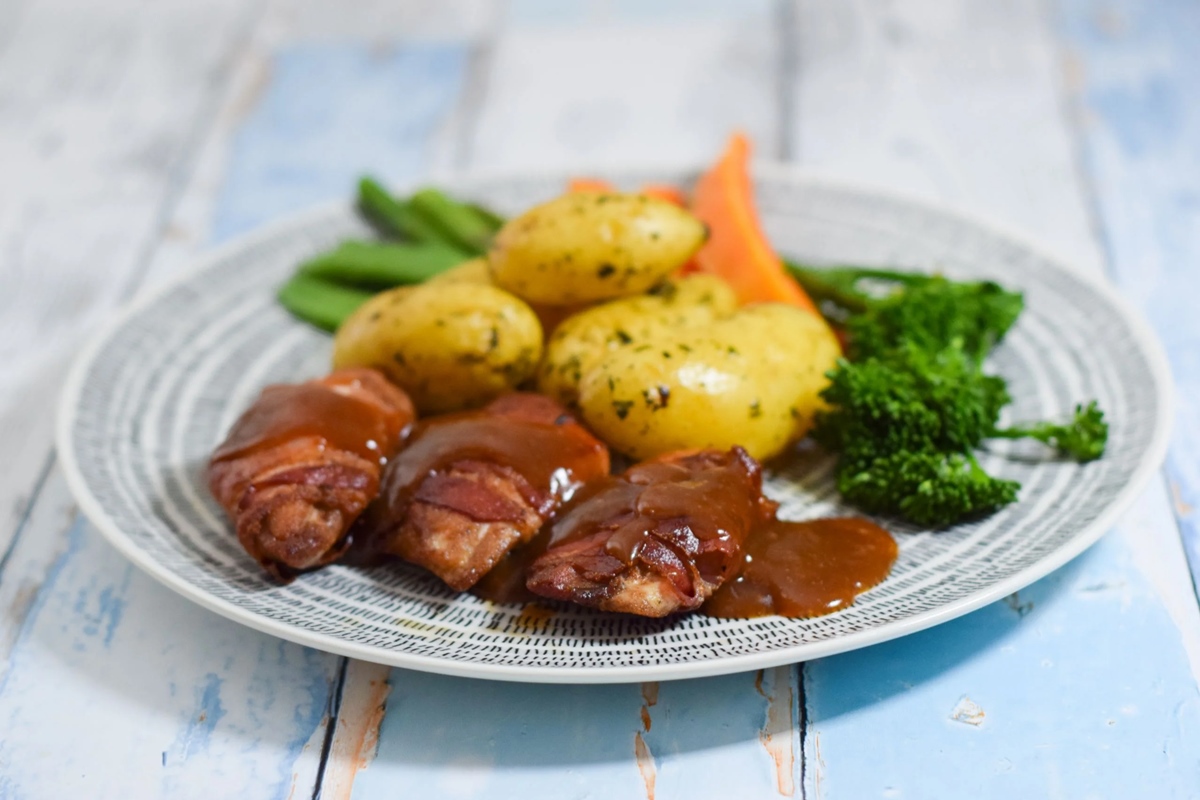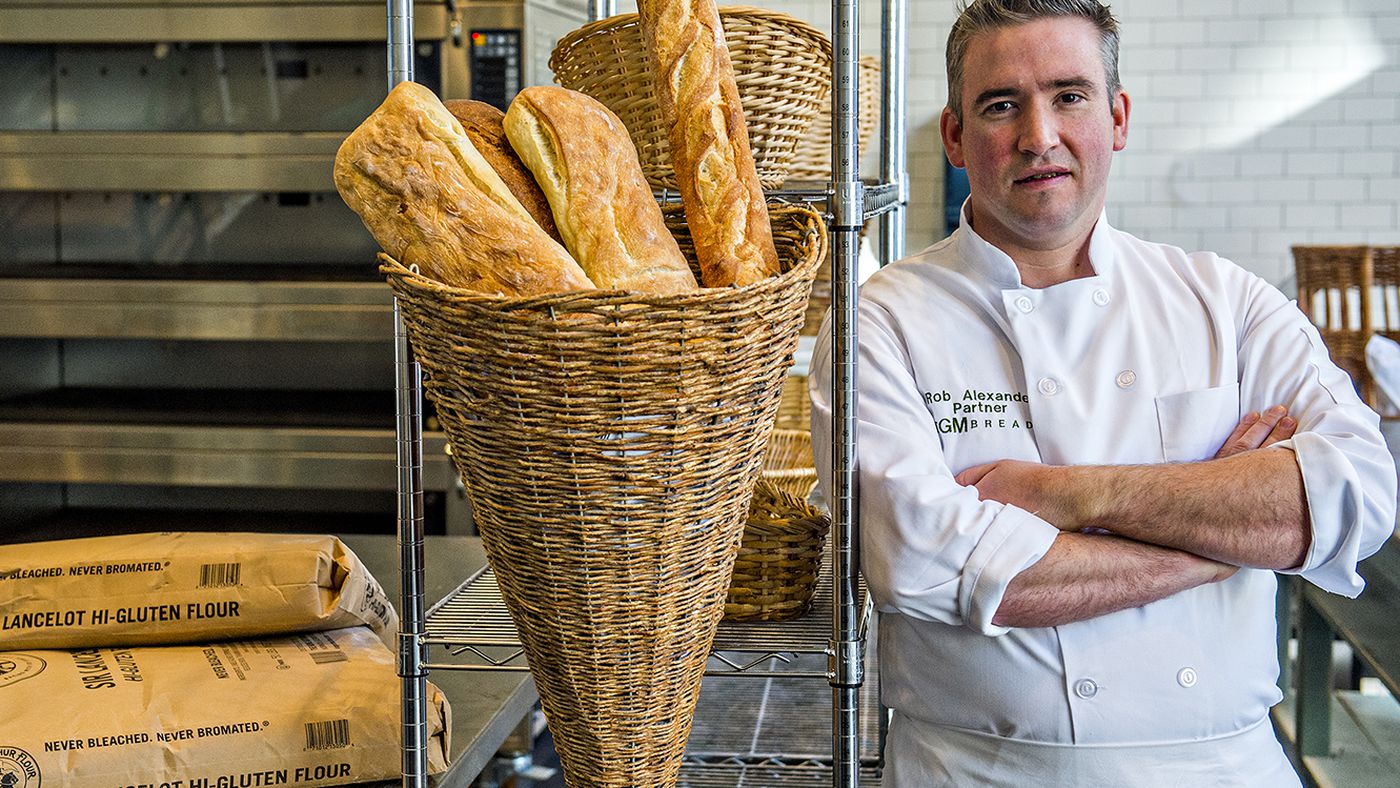Cooking with culinary lasers sounds like science fiction, but it's real and exciting. These high-tech tools use precise beams of light to cook food quickly and evenly. Imagine searing a steak to perfection in seconds or caramelizing sugar on a crème brûlée without a torch. Culinary lasers offer chefs new ways to experiment with textures and flavors, pushing the boundaries of traditional cooking. Whether you're a professional chef or a home cook, understanding how to use these lasers can elevate your culinary skills. Let's dive into the fascinating world of laser cooking and discover its potential in the kitchen.
Essential Ingredients for Culinary Laser Cooking
Ingredients
- 1 lb chicken breast, boneless, skinless
- 2 tbsp olive oil
- 1 tsp salt
- 1/2 tsp black pepper
- 1 tsp garlic powder
- 1 tsp onion powder
- 1/2 tsp paprika
- 1/2 tsp dried thyme
- 1/2 tsp dried rosemary
- 1 lemon, juiced
- 1/4 cup chicken broth
- 2 cups mixed vegetables, chopped (carrots, bell peppers, zucchini)
- 1/2 cup cherry tomatoes, halved
- 1/4 cup fresh parsley, chopped
Necessary Tools for Mastering Culinary Lasers
Tools Needed for Cooking with Culinary Lasers
-
Culinary Laser Device
- High-precision laser
- Adjustable power settings
-
Protective Gear
- Safety goggles
- Heat-resistant gloves
-
Heatproof Surface
- Ceramic or metal work surface
- Heat-resistant cutting board
-
Laser-Compatible Cookware
- Metal pans
- Heatproof glass dishes
-
Temperature Probe
- Instant-read thermometer
- Laser thermometer
-
Food Preparation Tools
- Sharp knives
- Cutting boards
-
Cleaning Supplies
- Non-abrasive cloths
- Mild detergent
-
Power Source
- Reliable electrical outlet
- Backup battery pack
-
Ventilation System
- Range hood
- Portable fan
-
Recipe Book or Guide
- Laser-specific recipes
- Cooking times and temperatures
Culinary lasers can precisely sear, caramelize, or garnish dishes without direct contact, preserving texture and flavor. They offer chefs innovative ways to enhance presentation and taste in modern cuisine.
The Importance of Culinary Lasers
Culinary lasers offer precision and creativity in the kitchen. They allow chefs to caramelize sugar, sear meats, and even create intricate designs on desserts. This technology enhances flavor and presentation, making dishes more appealing.
Using lasers reduces cooking time and ensures even cooking. This method also minimizes nutrient loss, preserving the health benefits of ingredients.
Step-by-Step Guide to Culinary Laser Cooking
The Art of Cooking with Culinary Lasers
-
Safety First
- Wear protective eyewear to shield your eyes from laser beams.
- Ensure proper ventilation in the kitchen to avoid inhaling fumes.
- Keep a fire extinguisher nearby in case of emergencies.
-
Choose the Right Laser
- Select a culinary laser with adjustable power settings.
- Opt for a food-safe laser designed specifically for cooking.
- Check the laser's wavelength to ensure it’s suitable for your ingredients.
-
Prepare Your Ingredients
- Wash and dry all ingredients thoroughly.
- Cut ingredients into uniform sizes for even cooking.
- Season ingredients as desired before using the laser.
-
Set Up Your Workspace
- Place ingredients on a heat-resistant surface.
- Arrange tools like tongs, spatulas, and brushes within reach.
- Ensure good lighting to see the cooking process clearly.
-
Adjust Laser Settings
- Set the laser power according to the ingredient's thickness.
- Adjust the beam focus for precise cooking.
- Test the laser on a small piece to ensure correct settings.
-
Cooking with the Laser
- Hold the laser at a safe distance from the food.
- Move the laser slowly and evenly over the surface.
- Monitor the cooking process closely to avoid burning.
-
Finishing Touches
- Check the internal temperature of meats with a thermometer.
- Add finishing touches like herbs or sauces after cooking.
- Let the food rest for a few minutes before serving.
-
Cleaning Up
- Turn off and unplug the laser after use.
- Clean the laser with a soft cloth and avoid water contact.
- Sanitize your workspace and tools thoroughly.
-
Experiment and Practice
- Try different ingredients to understand how they react to the laser.
- Practice various techniques like searing, caramelizing, and melting.
- Keep notes on settings and results for future reference.
-
Share Your Creations
- Take photos of your laser-cooked dishes.
- Share your experiences with friends or on social media.
- Encourage feedback to improve your skills.
-
Stay Updated
- Follow culinary trends involving laser cooking.
- Join online forums or groups for tips and advice.
- Attend workshops or classes to learn advanced techniques.
The Future of Cooking is Here
Culinary lasers are changing how we cook. These gadgets offer precision, speed, and creativity. Imagine perfectly seared steaks, caramelized desserts, or intricate vegetable carvings—all with a laser. They’re not just for show; they make cooking more efficient and fun. As technology advances, expect even more innovative uses for culinary lasers. Whether you're a home cook or a professional chef, embracing this tech can elevate your dishes to new heights. So, why not give it a try? You might just find your new favorite kitchen tool.
Common Questions About Culinary Lasers
What are culinary lasers used for in cooking?
Culinary lasers are used for precise cooking techniques like caramelizing, searing, and melting. They can also be used to create intricate designs on food surfaces.
Are culinary lasers safe to use at home?
Yes, culinary lasers are safe if used correctly. Always follow the manufacturer's instructions and wear protective gear like goggles to protect your eyes.
How do culinary lasers differ from traditional cooking methods?
Unlike traditional methods, culinary lasers offer pinpoint accuracy and control over temperature. This allows for more consistent results and the ability to cook delicate items without burning them.
Can culinary lasers replace my regular kitchen tools?
Culinary lasers are a great addition but not a complete replacement. They excel in specific tasks like caramelizing sugar or searing meat but aren't suitable for general cooking like boiling pasta or baking.
What types of dishes benefit most from culinary lasers?
Dishes that require precise temperature control or intricate finishing touches benefit the most. Think crème brûlée, sous-vide steaks, or even artistic designs on desserts.
Do I need special training to use a culinary laser?
While not mandatory, some basic training or practice is recommended. Understanding how to control the laser and its temperature settings will help you achieve the best results.
